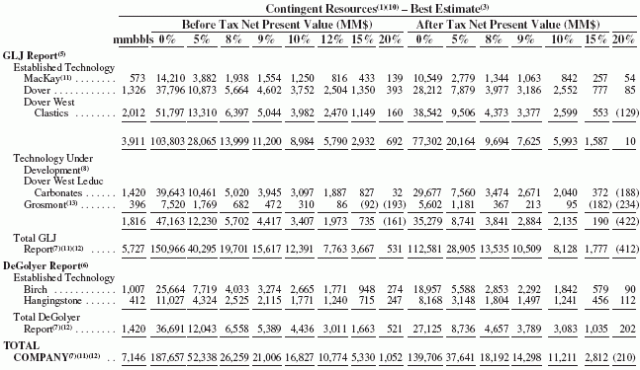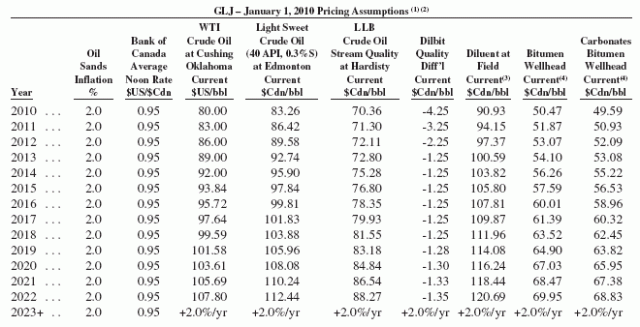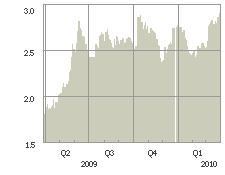The Registered Education Savings Plan (RESP) is a tax sheltered vehicle that is designated for parents to save up for the education of somebody – usually this is the children of the people contributing to the RESP, but in theory you can define anybody as a beneficiary of the plan. Eventually when such people take higher education, you can designate proceeds to the beneficiary in question, and the beneficiary will take the income contributions as taxable income. Presumably because they are young and have less income, they will pay little to no tax on the proceeds.
For the rest of this post, I will define the beneficiary as just “children”.
Benefits and disadvantages
The benefits can be summed up in three points:
1. Transferring income while avoiding attribution;
2. Income tax deferral;
3. Canada Education Savings Grants.
The disadvantages can be summed up as follows:
1. Risk that your children will not seek higher education.
2. Requires financial skill to self-manage.
3. Fees.
The competing choice is funding money outside the confines of an RESP and giving it to the children when they go to school, or to give some portion of money to children and having them invest it in their own names.
Analysis
To put the conclusion first, my general analysis suggests that RESPs are only useful if you intend to fund part or all of your childrens’ educations and you are very convinced they will be going to an eligible higher education institution. In other words, I would not contribute to an RESP until they are, at the latest, 15 years of age when you can detect whether they have enough ‘scholarly’ potential to warrant it and you have sufficient after-tax funds that won’t put a hole into your own personal finances.
If you discover your child does not want to attend upper education, you can move the RESP proceeds into an RRSP, but there are non-trivial conditions attached with this transferability. Otherwise accumulated income taken out the RESP is taxed at your marginal rate plus 20%.
From a financial perspective, the RESP enables you to avoid attribution by indirectly “giving income” to your children, and also shelters growth of funds from taxes (which will eventually be taken as taxable income by the children). Contributions are not tax deductible and principal withdrawals are not taxed. The excess of principal payments is taxed.
The Government of Canada will chip in some money via the Canada Education Savings Grant, which will contribute 20% of the first $5,000/year contributed, to a lifetime maximum of $36,000 contributed. So in theory if you contributed $4,500/year ($36,000 total) for the first 8 years of your child’s life, the CESG would result in an extra $7,200 in the account. If your family income is less than $77,769/year, the CESG grant will be 30% of the contribution amount. If your family income is less than $38,832/year, the CESG grant will be 40% of the contribution amount.
The CESG is a material benefit when investing in an RESP, functionally acting as an instant 20% return on investment. Using the “contribute until the last moment” strategy, the CRA helpfully points out the criteria that must exist in order the RESP to receive the CESG:
However, since the CESG has been designed to encourage long term savings for post-secondary education, there are specific contributions requirements for beneficiaries who attain 16 or 17 years of age. RESPs for beneficiaries 16 and 17 years of age can only receive CESG if at least one of the following two conditions is met:
* a minimum of $2,000 of contributions has been made to, and not withdrawn from, RESPs in respect of the beneficiary before the year in which the beneficiary attains 16 years of age; or
* a minimum of $100 of annual contributions has been made to, and not withdrawn from, RESPs in respect of the beneficiary in at least any four years before the year in which the beneficiary attains 16 years of age.
This means that you must start to save in RESPs for your child before the end of the calendar year in which the beneficiary attains 15 years of age in order to be eligible for the CESG. The CESG and accumulated earnings will be part of the educational assistance payment paid out of the RESP to the beneficiary.
Assuming your child enters into upper education when they turn 17, the safest strategy appears to be determining how much money you intent on contributing and dividing them into $5,000 amounts. If you have $5,000 to contribute, then put that into the RESP the year your child turns 15, and put it in a 2-year GIC which matures when they are ready to enter higher education. If you have $10,000 to contribute, put $5,000 into the RESP when they turn 15 (into a 2-year GIC), and another $5,000 the following year into a 1-year GIC. This way, you will realize a 20% gain plus whatever the return on the GIC is.
This strategy requires no financial sophistication other than the effort to find a fee-free RESP provider that gives good fixed income rates and taking out the appropriate GIC with the specified maturity date.
The RESP gives the contributor full liquidity capability – they can withdraw principal at any time, but they would have to refund the CESG in the process. Still, the availability of liquidity is a crucial factor in an investment decision, and having the ability to get back your principal (e.g. let’s say you lost your job when your child was 6 years old and the RESP is hardly going to be a high priority at this time compared to an education that may or may not happen in 11+ years) is very important.
I cannot find good justification for employing other investment strategies concerning RESPs – for example, if immediately after the birth of a child the parents open up an RESP for the child. In this scenario, the primary risk is that the parents will need the money at a future date and a more pressing reason than the far-off goal of purchasing educational credits for children. The other risk, of course, is not knowing whether the newborn will be attending such an institution. Also, because of the long timeline, such investments are likely to be more risky in nature, requiring a level of financial sophistication to invest in the proper stocks and bonds. Finally, the benefit of avoiding income attribution could be entirely avoided by transferring the funds to the child’s name and investing the proceeds in securities that will yield capital gains (as capital gains will be attributed to the child, while income will be attributed to the parent).
Thus, the “get the CESG as late as possible” strategy is likely the only real viable strategy for the RESP.
A final note on scholarship trusts
It is my opinion that most education scholarship trusts are terrible, terrible, terrible investment vehicles compared to the strategy presented above. In addition to paying fees that are ridiculously expensive, you are surrendering liquidity, and also surrendering the flexibility to get your money whenever you want if your child goes to school. For example, if your child decides to enroll into a two-year trades program, you will receive significantly less money than if he/she enrolled in a four year program. In particular, I will single out the largest of the scholarship trust companies, Canadian Scholarship Trust, as being financially counter-productive to any parents’ wish to actually pay for their children’s educations via an RESP. It is my opinion that companies like those are what give other educational scholarship companies an incredibly bad name.
It is true if you jump the hoops just perfectly (i.e. making your monthly payments from an early date, never missing payments and having your child continue with a 4-year education) that enrolling in such a plan would be a net plus, but the risk taken is phenomenally higher than the simple strategy presented above. The performance of the Canadian Scholarship Trust has also not been that much higher than a GIC – the 5-year performance from October 2003 to 2008 has been 4.5%. You can read this and the rest of the gory details on their prospectus document – a document that I suspect most of their subscribers don’t read, mainly because if they did so they would quickly realize what a bad deal they are receiving.



